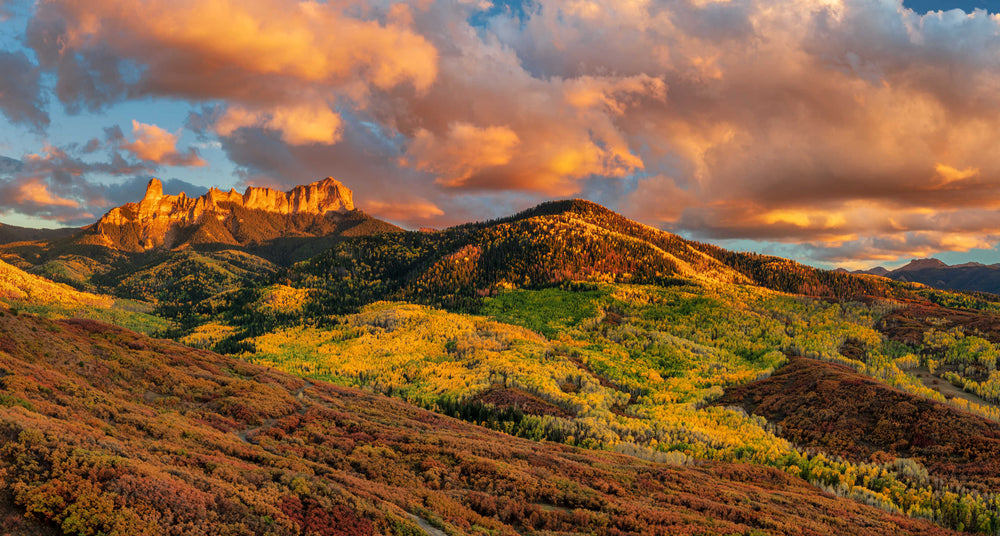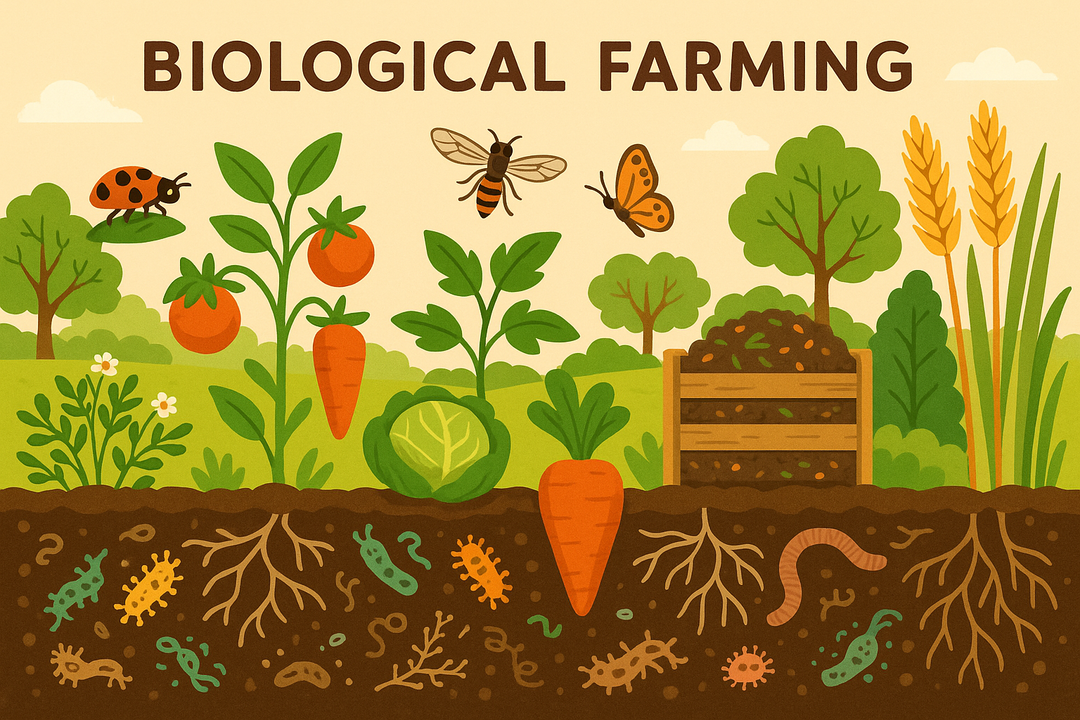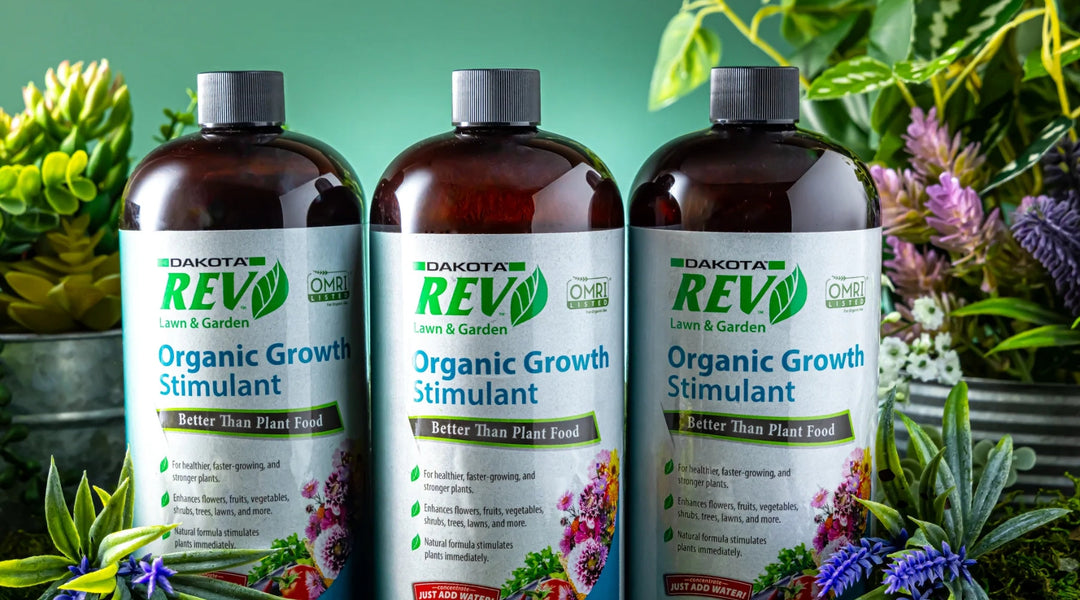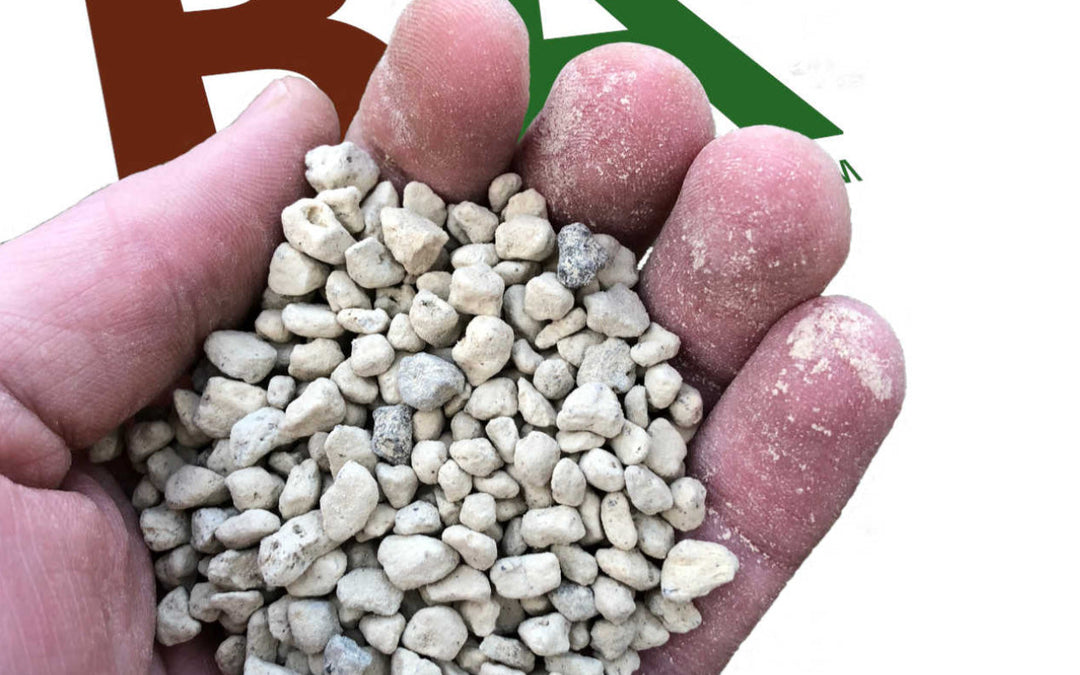Owning a lawn through the winter | How to maximize work in the fall for results in the spring | RMBA
One of the most important things a homeowner can do to take care of a lawn over the winter is to preserve the infrastructure. First and foremost, if you live in an area that freezes, it is incredibly important to blow out your sprinkler system. Removing the water from the system prevents damage that would need to be fixed in the spring, thus preventing sections of the lawn from being dug up.
Additionally, performing winterizing maintenance on equipment like lawnmowers and string trimmers makes it much easier to put them to work in the spring. Most manufacturers have specific instructions. Make sure they are drained of fuel, or fueled and run with a high octane, ethanol-free fuel. Change coolants and crank oil if applicable. After the last use of the year is a great time to replace the spool on your string trimmer so it is ready to go in the spring. Since you will not need them, or will need them less over the winter, fall is the perfect time to bring lawnmower blades into a shop to have them sharpened.
Lawn Winterizing Considerations
Before you make decision about what needs to be done this fall, there are a few things to consider about your lawn. First, it is important to understand the blend of varietals included in your lawn. Regionally, different grasses are used. For instance, here in Colorado, we tend to use a blend of cold-tolerant bluegrasses and fescues. In the south where it is warmer and water is available, bermuda grass is more common. It is important to know which varieties are in your lawn so you can best balance nutrient inputs as well as balance water and mowing requirements.
3 Lawn and Turf Grass Categories
1. Warm Winter Grass
Warm winter lawns, composed of blends like bermuda grass, do not need to be put to bed for the winter they thrive in temperate climates and have no dormancy phase. Lawn owners in warm winter climates where it does not freeze do not need to take any particular precautions as even winters are not cold enough to need special lawn care.
2. Cool Winter Grass
Cool winter lawns do not truly go dormant, rather they slow down. Much like a bear hibernating, the metabolic mechanisms in these grass blends slow, but do not stop entirely. Mowing will be decreased in these blends, but growth still continues. These blends tend to be used in places where it may freeze in the winter, but temperatures do not get drastically colds, and snow doesn't stick around all winter. Here in Colorado, we see mostly cool weather grass blends. They may brown a bit, but a close inspection shows that there is still new growth.
3. Cold Winter Turf
Lastly, cold winter blends are comprised of colonies that truly go dormant. The lawn will turn entirely brown under its blanket of snow and it will come back to life in the spring. The grasses do not die, but retreat within themselves and save energy. They delay photosynthetic activity and active growth until the spring when the sun comes back to play. In places where snow coverage persists through the winter months, all grasses should be prepped for bed before the winter snows fly.
Winter Lawn Nutrition
One of the most important steps in preparing a lawn for winter, no matter the climate, is providing it the nutrition it needs to build higher levels of stored sugars necessary to get through the winter. Liquid fertilizers like WISErg, or soluble fertilizers like Ferticell's Active line are great for lawns with good underlying soil. The nutrition provided in these products is already in a plant available form. If a lawn is built on compacting soils, or undergoing a shift away from synthetic inputs, aeration and application of a biotic fertilizer may be the best course of action.
What is Aeration?
Aeration is the process of removing plugs of turf and soil, thus leaving space for water and nutrients to infiltrate. over a short period of time, grasses will infill, and the holes will disappear. This can be accomplished with a step in tool for smaller lawns, a machine can be rented from a local hardware store, or the owner of a lawn can hire a company to come and perform the service. Aeration fights thatching and improves the overall structure of turf soil.
Adding Beneficial Pesticides and Fertilizers
Aeration provides the perfect opportunity to apply natural pest remedies. Nematodes predate on the larva of various insect species, many, such as beetle grubs and mole crickets are undesirable as they kill the grass by eating the roots from the bottom up. One great passive method of nurturing these creatures is to apply crab shell flour. Chitin in crab shells is the same material that bugs use for their eggs. Providing the soil with a constant source of chitin will create the right conditions for a constant population of chitinophagous bacteria, protozoa, and nematodae. Similarly, providing the right inputs in the fall will help your soil's structure in the long run. Inputs like potassium chloride, CaSO4, KSO4, trace minerals, drainage materials, and others help build good physical soil structure. The right structure improves the habitat for beneficial micro and macro fauna within the soil and balances water infiltration and drainage rates.
Perennial grasses save nutrients for use later in the season. Studies show that sugar levels increase as photosynthesis decreases, suggesting that grasses are working with the microbiome to save the proper nutrients for later. Supporting your lawn from the first trophic level upwards is a key aspect in building a healthy lawn organically. In cool climates, a continued application of nutrients throughout the winter months will set the lawn for success in the spring.
Cold climate blends on the other hand, may be hurt by over applying nutrients during dormancy. Cold weather lawns do not consume nutrients in the winter, however, as long as the soil is not permafrost, nutrients will help support the microorganisms of the soil food web. Perfect Blend Biotic fertilizers are a great option. They are designed to feed soil microorganisms to help support plants. A fall application of Perfect Blend 4-4-4 to aerated turf will provide the first feeding for the lawn in the spring, while supporting microbes through winter months.
In the late winter, or early spring, turf grasses in cool and cold climates begin to add new growth, both in the root zone, and the leaves. This consumes the available sugars, leading to a need for spring inputs. A proper slow release fertilizer or a biotic that nurtures the food web is essential to support grasses during this period of early growth. A novel approach to support both the grasses and the soil food web is an early foliar application of a product that can get sugars to the plant at this crucial time. Quantum Growth Organic Light is a biological inoculant that contains 'R. palustris', a bacteria capable of producing valuable sugars through photosynthesis. Early application of this product may support healthy growth, and a decreased need for early season feeding. This applications should take place in the late winter where snow cover is not persistent. If the lawn is in a climate where snow cover persists into the spring, an application of Quantum Growth Organic Light as soon as the snow melts could provide the same benefit.
Microbes in the soil play a big part in the transportation of nutrients to all plants. This is especially important in turf, where a large colony of one or a few species needs to share resources across a large area of continuous planting. The proper microbiome can help lateral motility of all sorts of nutrients, especially nitrogen and phosphorous, two of the major macro nutrients plants need. A quality biological inoculant that contains a balance of first trophic level bacteria like Quantum Growth Organic VSC, an organic plant growth stimulant and biological inocuolant can help nourish the soil food web and build healthy colonies of useful bacteria in the soil.
Now is the time for all owners of lawns to take the steps to support turf through the winter. Check out the Rocky Mountain Bio Ag web store to see the products needed to keep a lawn healthy through the winter, and make it burst with healthy growth in the spring.
Sources Consulted For this article:
Smith, J. Drew, and Åse Kaurin. "Abiotic overwintering problems of amenity turf grasses." Icelandic Agricultural Sciences 2 (1989): 25-29.
Blombäck, Karin, Henrik Eckersten, and Erik Sindhøj. "Prediction of turf growth as a function of light and temperature under Nordic conditions."
Kim, Dae-Hyun, et al. "Changes in Non-Structural Carbohydrate in Overwintering Creeping Bentgrass (Agrostis palustris)." Journal of The Korean Society of Grassland and Forage Science 21.4 (2001): 259-264.
Gillett, Jennifer L., Norman C. Leppla, and J. Howard Frank. "How to Use Beneficial Nematodes against Pest Mole Crickets in Home Lawns." EDIS 2006.26 (2006).
Kleemann, Gisela, Roland Kellner, and Karl Poralla. "Purification and properties of the squalene-hopene cyclase from Rhodopseudomonas palustris, a purple non-sulfur bacterium producing hopanoids and tetrahymanol." Biochimica et Biophysica Acta (BBA)-Lipids and Lipid Metabolism 1210.3 (1994): 317-320.











Leave a comment